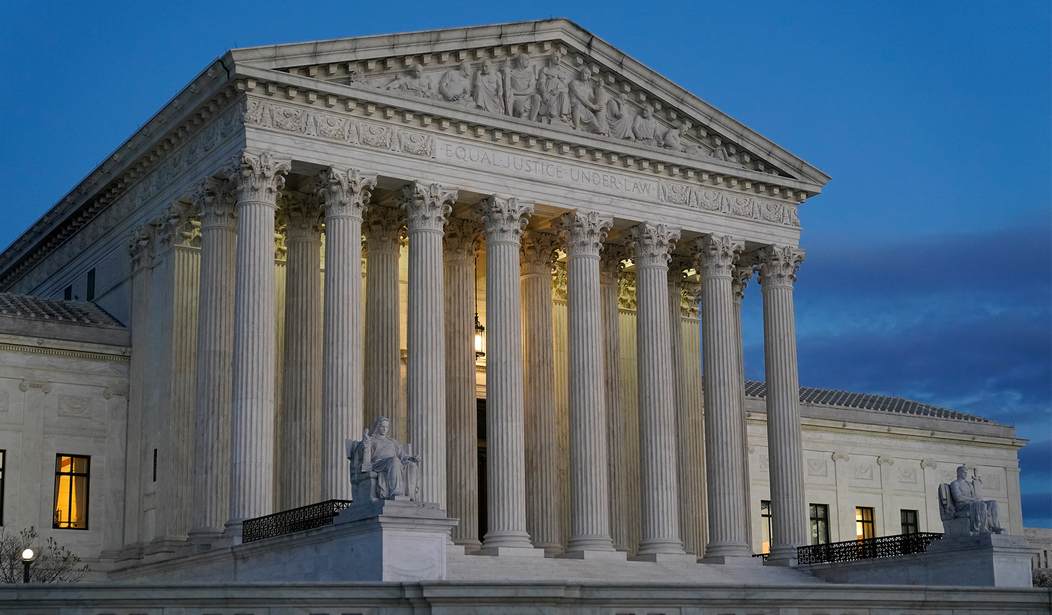Which, it has to be said, wasn’t unexpected. It would have actually been highly unusual for the Supreme Court to accept a challenge to New York’s new laws so soon after it signaled that it wants lower courts to follow its guidance in the Bruen decision rather than becoming, in essence, the court of first resort for any Second Amendment challenges.
So, I wouldn’t read too much into the Court’s decision not to take up a request by several New York firearm retailers to slap an injunction on the laws that they’re taking on, especially since they’ve not been able to get either the district court or the Second Circuit to do so.
In their request to the Supreme Court, the firearms sellers said they have been “fighting in courts for nearly two straight months to try to find a judge” to grant their request for injunctive relief, and have been out of compliance with the new laws since Dec. 5, putting the future of their gun stores at risk.
“Petitioners are risking everything to try to stay in business in support of civil rights under the Second, Fifth, and Fourteenth Amendments, and to keep the doors open and the lights on while they pursue this case, but we can’t seem to find a judge in district or circuit court who will back them up. Petitioners are thus before you now,” a lawyer for the gun sellers wrote.
That argument may have actually worked against the plaintiffs in Gazzola v. Hochul since it highlights the fact that there’s not currently any disagreement between the district court judge or the Second Circuit regarding the need for an injunction that the Supreme Court would need to step in and resolve.
The dispute from the gun sellers involved measures enacted just before and in response to the Supreme Court’s June ruling invalidating New York’s permitting regime for concealed carry applicants, which marked the first time the high court recognized the right to carry a handgun outside the home.
Among the laws targeted by the gun sellers were requirements that firearm dealers secure guns in a safe or locked area and have security systems installed on their premises; prohibit people under 18 from entering gun retail stores without a parent or guardian; and provide records of gun sales to government law enforcement agencies and manufacturers upon request.
They also challenged laws regarding the purchase of guns and ammunition, including a licensing requirement for semiautomatic rifles; requiring background checks for ammunition sales and directing New York State Police to establish a database for such sales; and requiring gun dealers to maintain records of ammunition sales.
The regulations took effect in September and December, and the firearms dealers told the court they are unable to comply with “most” of the new laws.
The laws in question are different than those presented in Antonyuk v. Nigrelli, which center around the vast number of “sensitive places” and licensing requirements for concealed carry applicants, and do indeed pose the risk of an irreparable harm to firearm retailers (at least in my opinion). But as much as I would have preferred the Court step in and take up the case now, it seems pretty clear that there are at least a couple of members of the Court’s conservative wing who want to see how the Bruen decision is playing out in district and appellate courts before they once again wade into the breech.
Given all the comparisons that we’ve seen of late between today’s blue state governors and the Massive Resistance to integration from southern Democrats in the 1950s and 60s, it’s worth noting that one of the complaints of the civil rights movement back then was that the Supreme Court was far too hesitant to step in and provide relief, even after Brown v. Board of Education was handed down in 1954. I’ve written before about Prince Edward County, Virginia’s decision to shut down the public schools rather than integrate (a decision that lasted for five years, incidentally), but I don’t know that I ever mentioned that the school closures didn’t take place until 1960. For six years officials had managed to keep the schools segregated without drawing the ire of the Supreme Court, and it wasn’t until 1964 that the Court ruled in Griffin v. Prince Edward County that the closure of the schools deprived black students of their Fourteenth Amendment rights.
For an entire decade, a county was able to interfere with the education of a whole generation of students without the Court’s intervention, and that was far from the only civil rights case that proceeded at a crawl or without injunctive relief by the Supreme Court. When the Court eventually did weigh in on the school closures in Prince Edward County, however, the decision wasn’t a close one, with justices ruling 7-2 in favor of the students. SCOTUS certainly isn’t moving as quickly as we’d like to stop the continued and additional infringements that we’ve seen since the Bruen decision came down last June, but that doesn’t mean that the position of the Court itself has changed. They’re just moving on their own time and at their own pace; a practice that’s been frustrating civil rights activists for decades.









Join the conversation as a VIP Member